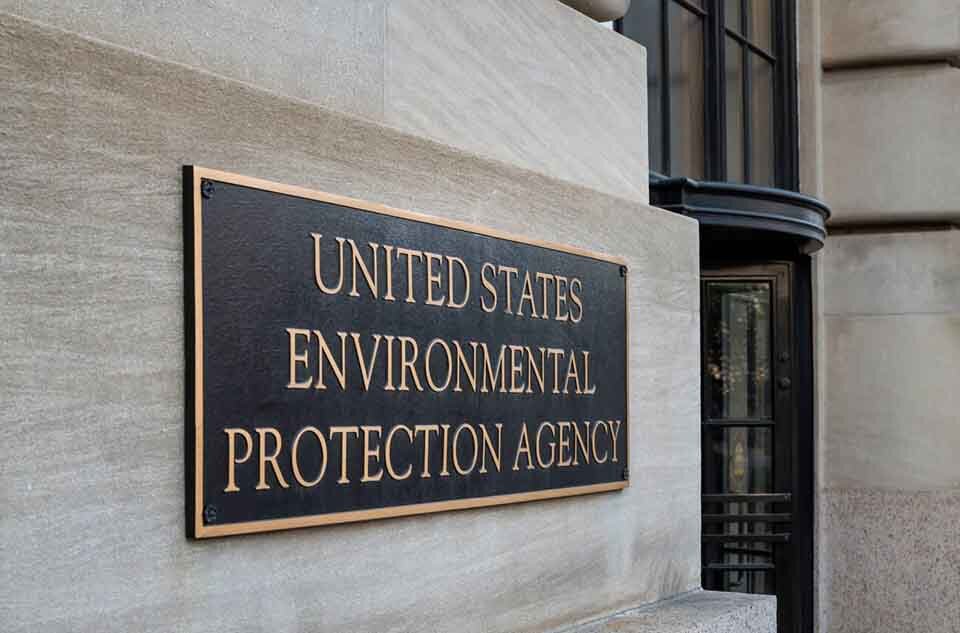EPA Meets With Environmentalists in the Midst of Oregon’s Water Contamination Problem

Northeast Oregon has, unfortunately, a water contamination problem, and they’ve had one for years. If you’re a natural Oregoneon, or a denizen of any other city with poorly-maintained water, that might just be old news.
However, there should be no argument against our right to have safe drinking water and other such natural resources, which is why government groups like the Environmental Protection Agency (or EPA) exist. If water is contaminated, it not only affects the environment, but us as people, and so it’s within their jurisdiction to investigate and find a solution to the problem. This is especially true given they’re a government agency funded by the taxpayers.
If you’re unfamiliar, the contamination problem comes from nitrate. The nitrate itself actually comes from things such as wastewater from industrial plants, animal manure, and form fertilizers. This creates pollution that seeps into the water and the aquifer that provides Northeast Oregon with drinking water.
Over 200 household wells within Morrow county have tested far over the EPA’s standards for nitrate contamination. If by chance you don’t think that’s not so bad, you should also know that the Oregon Health Authority has only actually tested 4% of domestic wells in Morrow and Umatilla Counties. That’s thousands more wells that may be providing polluted water to men, women, and children.
Nitrate, while okay in small doses, can actually do some harm to those with weaker health. Nitrate mainly affects how our blood carries oxygen and lower overall blood pressure.
Because of the dangers imposed by the contamination, eight Oregon-based and national environmental nonprofits petitioned the EPA to take emergency action on the problem. These agencies were, in order, Food and Water Watch, Columbia Riverkeeper, Friends of Family Farmers, Humane Voters Oregon, WaterWatch of Oregon, Animal Legal Defense Fund, Center for Biological Diversity, the Center for Food Safety, and finally, private citizen Eileen Laramore. They petitioned for action on a crisis that had plagued Northeast Oregon for over three decades, a crisis that the EPA had neglected to ever acknowledge. The petition was 32 pages long, with one hard-hitting line being “Oregon officials have effectively abandoned their responsibility to protect Oregon’s citizens.”
That petition was sent on January 16th. That was three years ago, in 2020. It wasn’t until Thursday that a meeting was finally set in place, and the organizations and EPA actually got some conversation and closure over the matter.
The meeting was held in Boardman in Morrow County, with notable regional EPA officials being Jeff KenKnight, water enforcement manager, and Edward Kowlaski, the deputy regional administrator. They’re there, according to EPA spokesperson Bill Dunbar, to listen. “The petitioners have been banging the door for a meeting for a long time. The goal is to listen. They wanted to talk.” We can only thank the persistence of nonprofits to get these matters resolved, as according to what Dunbar had said, the chances were that nothing would have ever happened.
It’s not as though the EPA have been doing nothing this entire time. Since last fall, they’ve been checking in routinely with Oregonian officials regarding the water problem and to discuss progress. The main goals to fix the pollution problem was through providing genuinely clean drinking water, as well as holding those who pollute accountable. However, according to Tyler Lobdell, a staff attorney at Food and Water Watch who was very open to criticizing the EPA and its very overdue response, it’s just too slow. “Unfortunately, the state really hasn’t met any of those expectations,” he’d said. “At this point we need the EPA to really ramp up its pressure on the state and accelerate what’s in motion.”
So, what of the results? Well, according to Dunbar, it seems that the agency and its leaders do not yet intend to intervene, letting the water crisis continue to be fixed at a snail’s pace. The Oregon Health Authority has only provided twelve filters for households, leaving the many other homes in a limbo until officials eventually get to address them. The EPA still plans on having quarterly meetings with state officials, but to those that had met with the EPA and sought answers, things aren’t looking up.
Despite this, these nonprofits still look to the EPA to do the right thing. While it’s understandable that an agency can be stretched a little thin due to the current economy and having to attend to hundreds of millions of people, a whole 30 years, or even just 3 years, might be too much.

Comments are closed.